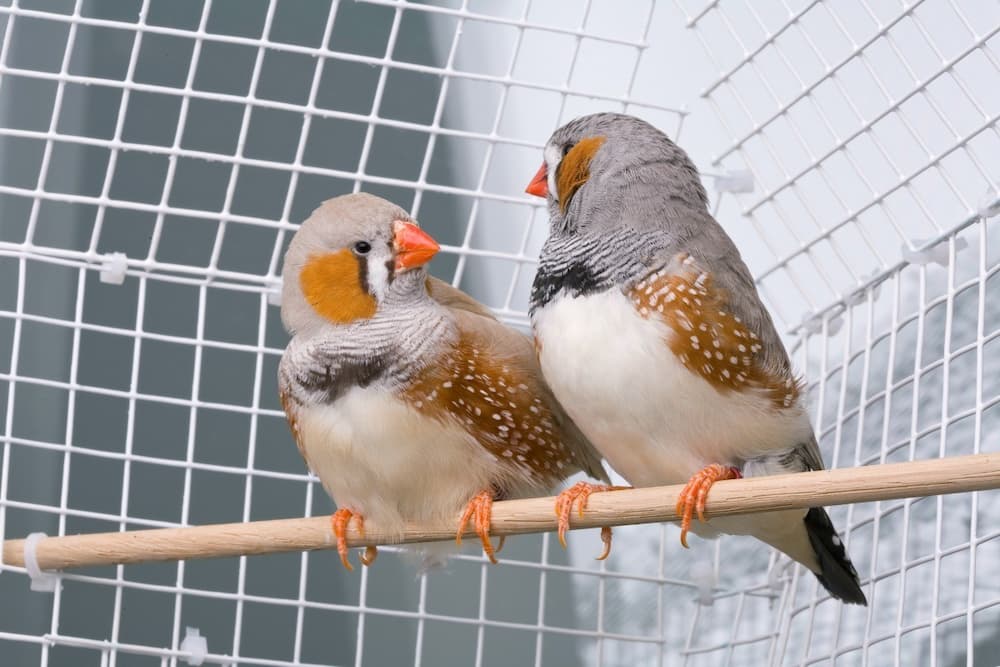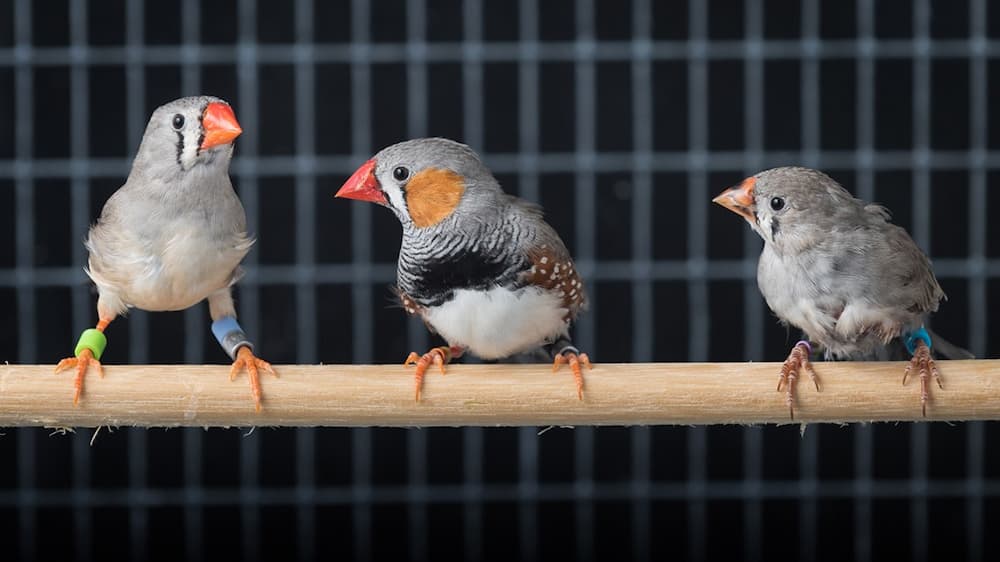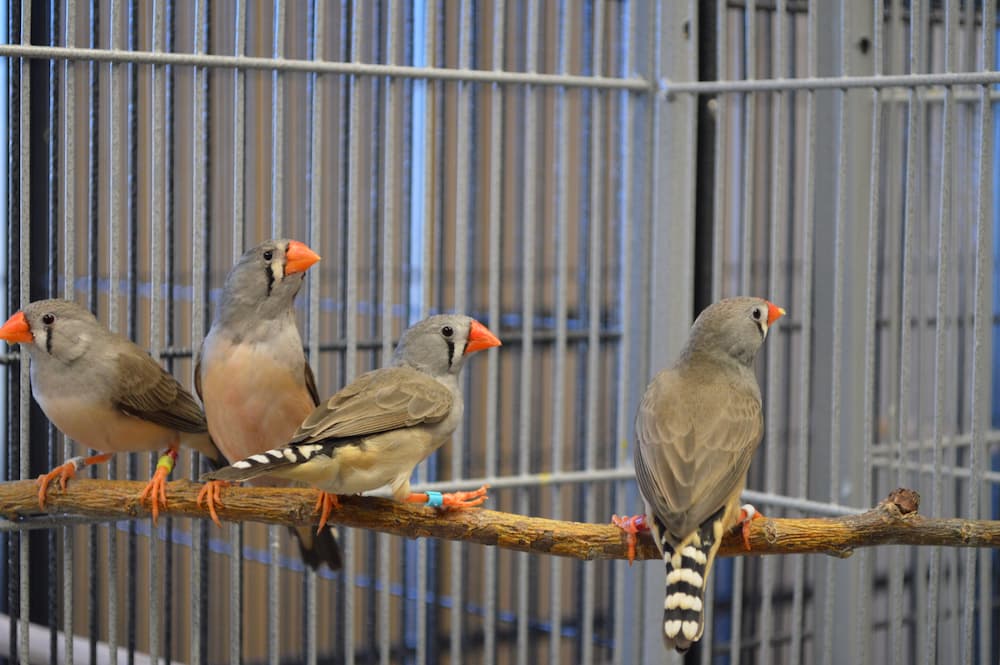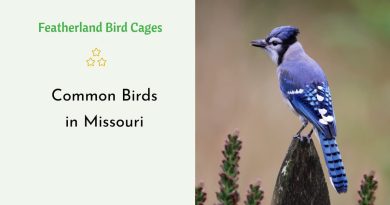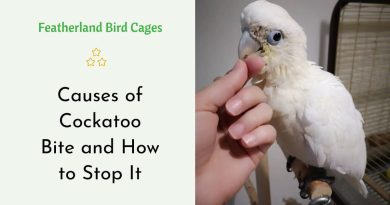
Zebra finches are a popular bird species in the pet trade. They’re colorful birds with distinctive plumage patterns. Males have striped tails, breasts and wings, and orange cheek patches. Females are more uniformly gray.
In captivity, zebra finches live an average of seven years. We’ll dive a bit deeper into their longevity, how it compares to other bird breeds, and what we might do to help them lead long, happy lives.
Lifespan
In the wild, zebra finches can live up to five years. But in captivity, these beautiful birds can double that lifespan.
They are monogamous birds and will stay with their mates for life. They are very social and love interaction with their owners. They can also mimic other bird songs and sounds if trained well.
These birds enjoy a diet of pelleted foods specifically designed for finches and should be supplemented with fresh vegetables like dandelion greens, kale, spinach, romaine lettuce, and other leafy greens (avoid avocados), fresh fruits, and grubs. They also enjoy millet sprays, scrambled eggs, and popcorn nut treats but should be given these sparingly.
Exercise is important for these birds and they need to be allowed to roam their cages or fly around the room on a daily basis. This will keep them active and fit and will prevent agitation. This will help them maintain a healthy lifestyle and will allow them to reach their maximum longevity.
Diet
Zebra finches thrive in captivity if provided with high-quality pelleted foods and a varied diet of seeds, vegetables and fresh fruits. The diet should also include a cuttlebone and other bird toys. Avoid avocados, citrus fruits and onions because these can be toxic to birds.
These colorful songbirds, which vary in appearance based on gender, can be distinguished by their black and white striped tail feathers, striped chest, brown markings on their wings and orange cheek patches. Males are also distinctively colored with a black and white striped throat.
Females can be sexed by their orange cheek patches after 35 days posthatching, though in some color morphs these may be black or absent. These birds are monogamous and breed continuously, with the eggs hatching in about 2 weeks. They can be triggered to reproduce by providing a 14:10 h light:dark photoperiod, dietary supplementation with leafy greens and the provision of nesting material. They are tolerant of investigator intrusion during the breeding cycle and rarely abandon their eggs.
Training
The zebra finch is a popular bird to keep in captivity and there are many breeders who produce them in a wide array of colors. They have become a favorite model organism in neurobiology laboratories because of their ease to breed and quick sexual maturity after hatching. They also have stereotypic behavior, which makes them amenable to genetic approaches and standard neuroanatomical and neuropharmacological methods of study.
The males use their songs to court females and mate with them for life. In the wild, a male will sing in a chorus of other birds to lure females into his territory. The males also use their song to defend their territory from other males.
The best cage to house a pair of zebra finches is an aviary, which will allow them more room and freedom than a typical bird cage. However, many people successfully keep them in cages within their homes. When they are in a cage, the zebra finches should be given plenty of toys to play with. They also need a long cage, which will give them more opportunities to flap their wings and exercise.
Care
If keeping zebra finches as pets it is recommended to keep them in aviaries rather than cages. This is because they are active birds and will need a large enough space to flap their wings freely. This will prevent them from becoming lethargic and weak for breeding season.
These beautiful birds need plenty of clean water. You can provide them with a bath bowl or simply place a container of water in their cage. They are also enthusiastic bathers and will happily toss their seed husks into the water as they clean.
Male zebra finches use learned songs in courtship dances to attract females for mating. The breeding process can be encouraged by a 14:10 light:dark photoperiod, dietary supplementation with leafy greens and a misting schedule. They are tolerant of investigator intrusion during breeding, and nest abandonment is rare. They require a minimum of 5-6 wk for successful incubation and hatching of eggs (Austad 2011). They are susceptible to air-sac mite infections, so be vigilant about checking their faces regularly.


